Solar panels get dirty and it limits their effectiveness. There is a financial argument on how often to clean them relative to the cost of doing so, with some locations saying it isn’t worth it. On Mars, Spirit’s daily energy supply increased by about 30 watt-hours, to about 240 watt-hours from 210 watt-hours, due to a wind event that knocked dust off – that’s a 14% boost. On earth, NREL says snow cleans panels amazingly well due to water’s unique chemistry, and of course rain is great. Some areas have regional pollution so strong, all panels are affected. Do note though, electric utilities and large project owners do pay to clean panels (sometimes they’re not good at it), and if they’re doing it – we need to watch.
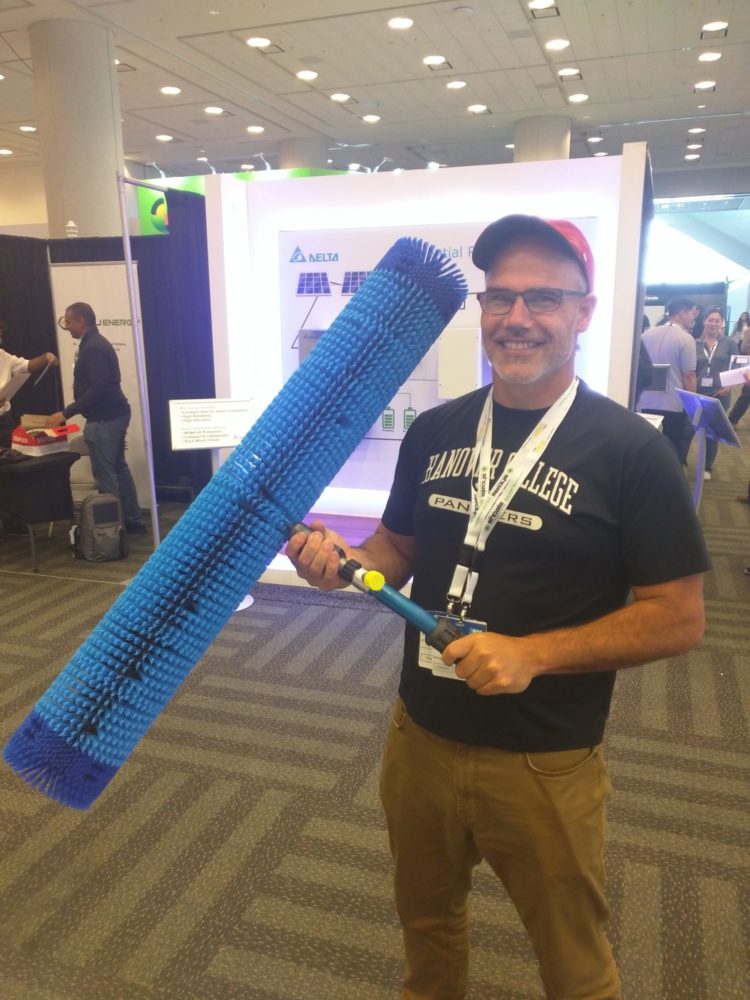
First, two pieces of hardware to consider as we talk – the FRACSUN ARES soiling station in the header image, and Sola-Tec’s module cleaning system for hand cleaning smaller systems in the above image.
The ARES Soiling Station measures local soiling loss on a daily basis, has its own on-board cell modem, and is self-powered (it’s got two solar cells built in). The station measures irradiance and calculates daily insolation of an ambient soiled large area reference cell (top cell that gets dirty) with another cell that is cleaned daily (notice to the tiny nozzles sticking out above the lower solar cell). This allows the system to project what losses at the site are due to soiling (see below chart from the group of one of their sites). With this data, users can see the financial impact that array cleaning will have on their revenue.
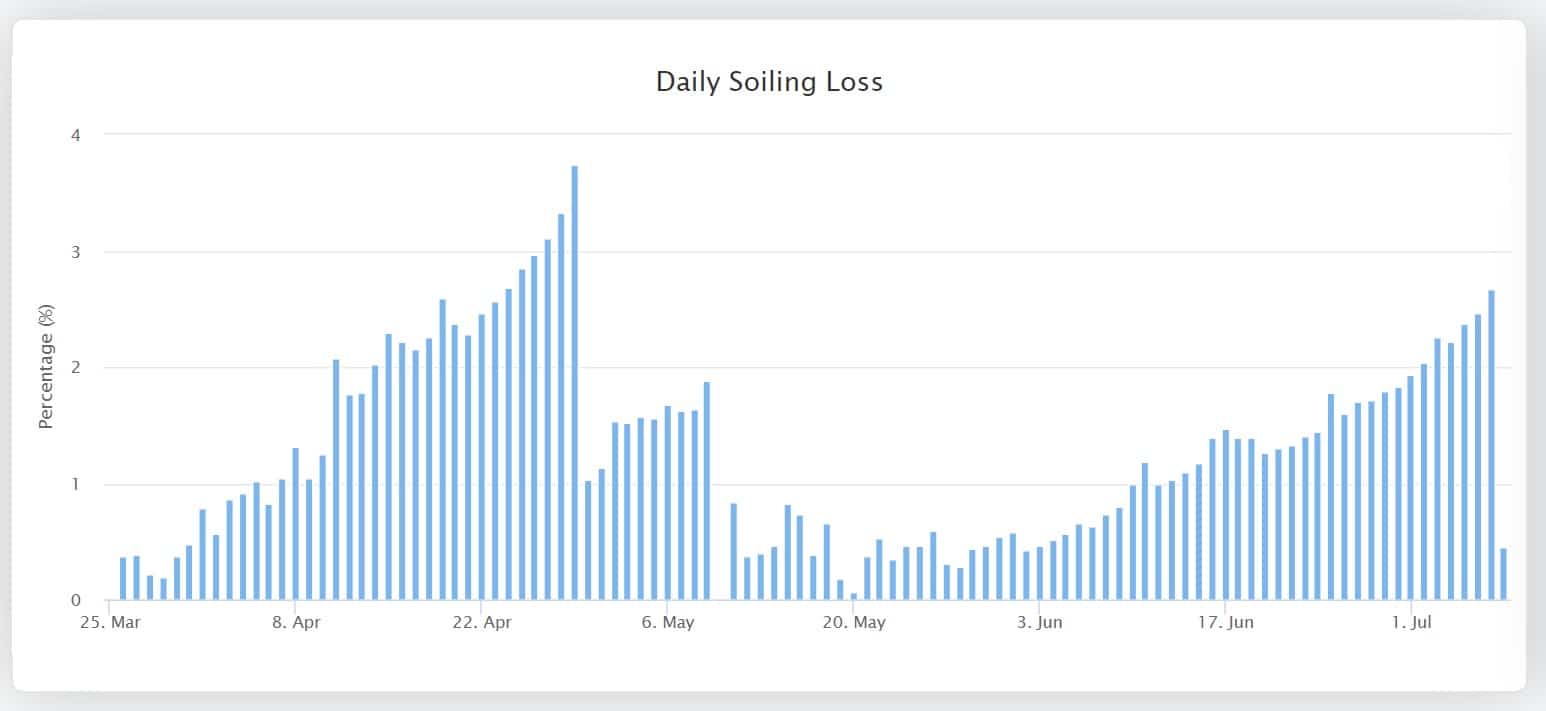
Speaking with pv magazine USA, founder Catlin Mattheis said Fracsun initially thought their product wouldn’t be needed in regions with what they assumed would be low soiling values.
We realized the error in this in two ways: the first is that (finance companies and asset owners) having the assurance that one is correct in assuming that no cleaning is necessary has a lot of value. The second thing we realized is that there is not real general rule. Local effects have such an impact that of two east coast sites we monitor one stays clean with summer rains and the other get huge local impacts due to pollen. The locality of soiling loss effects has been the biggest realization through this study by far. I can also speak to arrays in California that are only a few miles from one another but have vastly different soiling profiles.
If you’re a fleet owner, and have many resources with a region monitored by limited O&M teams, you’ll then have a logic – greater percentage of loss – by which to deploy those resources.
Of course though – most of us don’t own tens of thousands of acres worth of solar modules with annual six figure cleaning budgets. This weekend, redditor treynquil posted how he gained 20% electricity output by cleaning his flat solar panel system (below images). This teaches an important lesson – the angle of your panels has an affect. Any angle now high enough to let the water quickly flow off your modules, will lead to polling of rain, and you’ll get dirty corners, or just generally dirty panels. And from Captain Obvious – you can be 100% assured that the big players are cleaning their panels if there is a 20% gain to be had (don’t worry, there isn’t).
Dr. Dan Snowden-Ifft, Chair of the Physics Department at Occidental College, a gentlemen who pushed for the construction of a 1 MW solar plant about a decade ago at the school supplied pv magazine USA with data (available direct from them, with PhD quality analysis available upon request) on their system’s performance related to theory, including information before after after cleaning – as well – giving perspective on when cleaning makes the most financial sense, and when it makes sense to let it go.
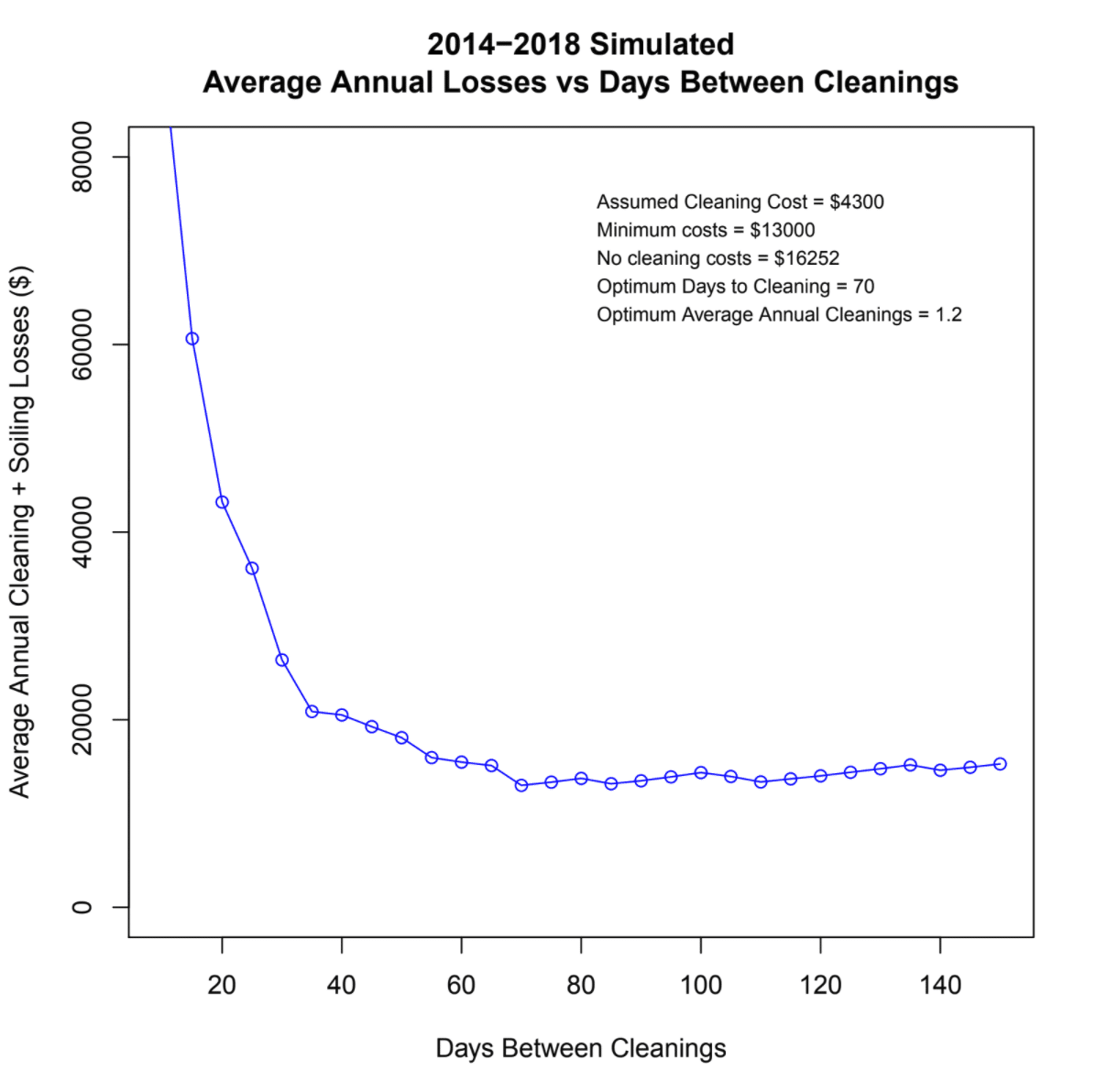
This above image is the kicker, with key data points located in the upper right corner. Annual cleaning costs assumed at $4,300, no cleaning losses schedule at greater than $16,000 – with a projection of optimum days to cleaning being at 70 days for best production, but an optimum average cleaning of only 1.2 times a year for optimal economic performance.
And you know, it isn’t always going to be humans cleaning those solar modules – but maybe humans servicing robots that deploy other robots that clean solar panels:
This content is protected by copyright and may not be reused. If you want to cooperate with us and would like to reuse some of our content, please contact: editors@pv-magazine.com.
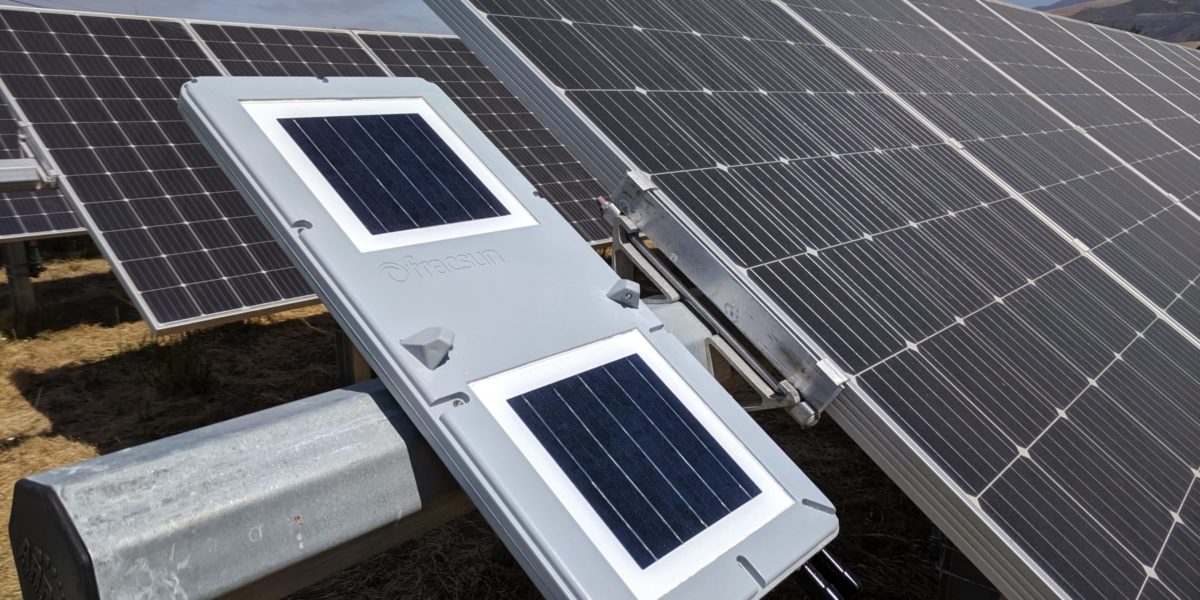


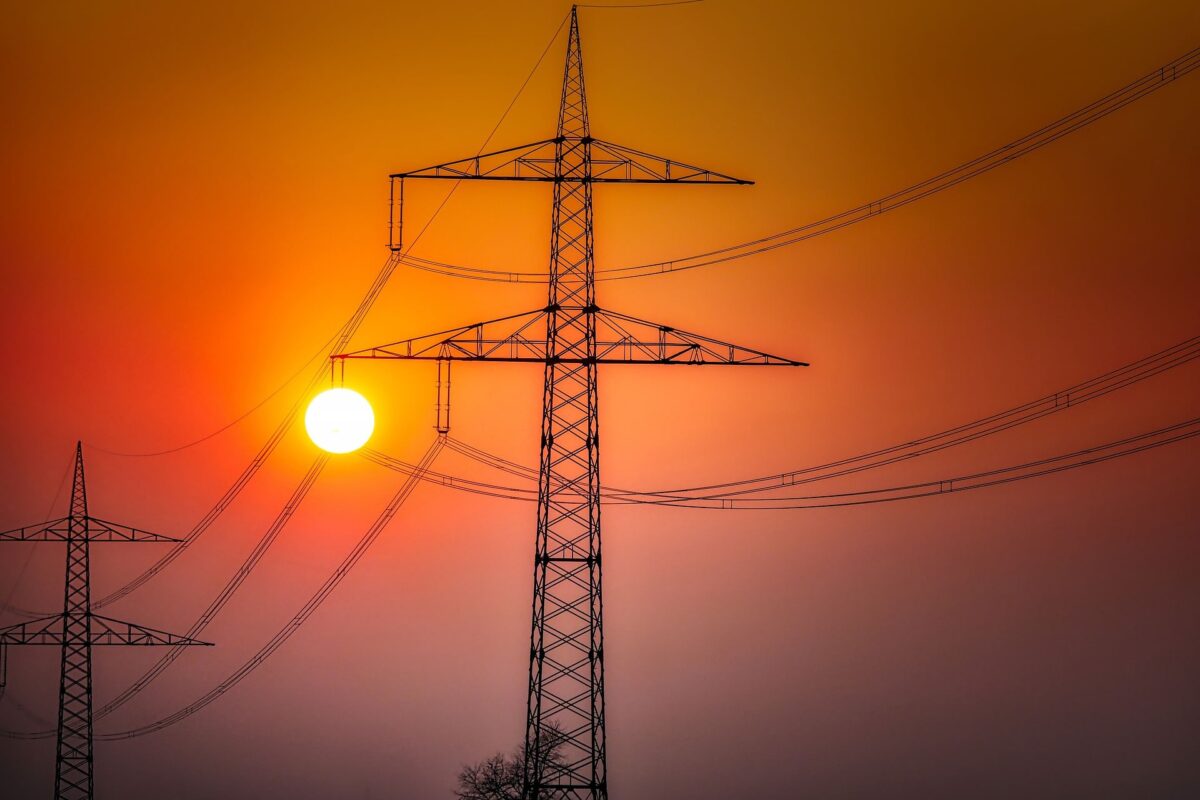






Pl suggest for liquid/ chemical to be used for removing hard coating ( cement dust) on the solar panels.
Can you please provide the contact information for Dr. Dan Snowden-Ifft to obtain his analysis? I would like to take a look to see if it could be helpful for our community.
Thank you,
Chris
Have forwarded you the key info and contact